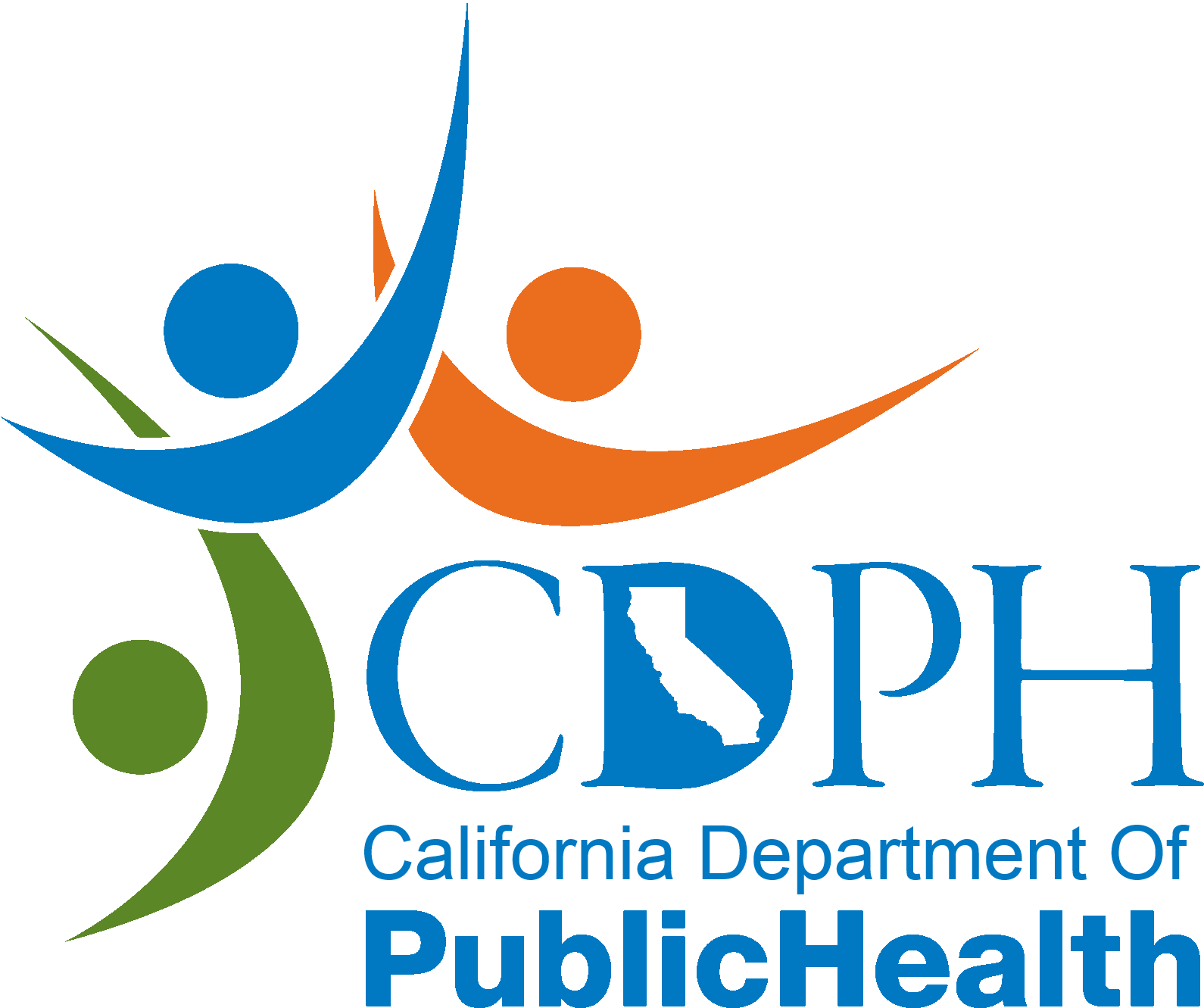
Facts Fight Fentanyl
Fentanyl is a powerful synthetic opioid that’s driving the overdose crisis. This page shares real facts about fentanyl—what it is, why it’s so dangerous, and how to stay safe. Learn how to recognize fake pills, respond to an overdose, and access life-saving resources like naloxone.

40xs
Fentanyl is a synthetic opioid that can be:
stronger than heroin
100xs
stronger than morphine
you don’t always know what/how much fentanyl is in your pills/drugs.
Where do we see fentanyl?
-
Alone as a “crumbly” powder
-
Adulterated in heroin (very little heroin in EDC)
-
Illicit pills
-
Cocaine and methamphetamines – driving increase in stimulant overdose deaths
Two types of fentanyl: pharmaceutical fentanyl & illicitly manufactured fentanyl (IMF)
Pharmaceutical fentanyl is prescribed by doctors to treat severe pain. Most recent cases of fentanyl-related overdose are linked to illicitly manufactured fentanyl. It's often added to other drugs because of its extreme potency. This makes it cheaper and more powerful, addictive, and dangerous.

Rainbow Fentanyl –fentanyl pills and powder comes in a variety of bright colors, shapes, and sizes. (www.DEA.gov)
What is IMF?
-
Synthetic opioid
-
Not detected on most urine drug screens
-
Significant variation in type, potency & purity which increases risk of overdose
-
Repeated use leads to accumulation in adipose tissue –slowly leaves fat stores
Street names for IMF include:
•Apache
•Dance Fever
•Friend
•Goodfellas
•Jackpot
•Murder 8
•Tango & Cash

NARCAN/Naloxone FREE
In El Dorado County
El Dorado County has established Narcan distribution sites to combat opioid overdoses. These sites provide easy access to Narcan (naloxone), a life-saving medication that can reverse opioid overdoses. The initiative aims to reduce overdose deaths and increase community awareness about opioid use.
For more detailed information and to download resources, please visit the provided link.
El Dorado County naloxone Distribution Sites
Fentanyl in El Dorado County...

Definition of NARCAN / Naloxone:
Naloxone is a medication approved by the Food and Drug Administration (FDA) designed to rapidly reverse opioid overdose.
The medication can be given into the nose, into the muscle, under the skin, or via intravenous injection.
NARCAN/Naloxone FREE
In El Dorado County
Substance Use Disorder (SUD) And Medication-Assisted Treatment (MAT) Services
in El Dorado County

FIGHTING FENTANYL
IN
El Dorado County







